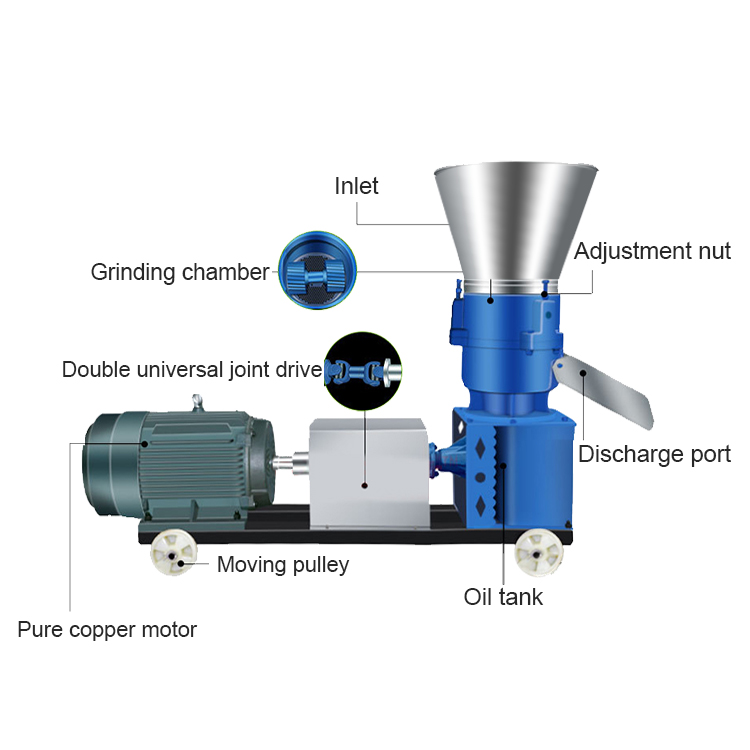Innovative Plastic Cages for Sustainable Chicken Farming Solutions
Nov . 30, 2024 06:15 Back to list
Innovative Plastic Cages for Sustainable Chicken Farming Solutions
The Impact of Chicken Plastic Cages on Modern Poultry Farming
In the world of modern agriculture, the intersection of technology and animal husbandry has led to innovative solutions aimed at improving the efficiency of food production. One such innovation is the use of plastic cages in chicken farming. These structures have garnered attention for their potential benefits in terms of space management, animal welfare, and economic viability. However, their impact on both the poultry industry and animal rights communities has sparked an ongoing debate.
Understanding Chicken Plastic Cages
Chicken plastic cages are designed to house chickens in a compact manner, providing a controlled environment in which they can grow and lay eggs. Made from durable and lightweight plastic, these cages can be easily sanitized and reused, offering a sustainable alternative to traditional metal or wooden cages. The design typically ensures that the chickens have enough space to move around while facilitating efficient management for farmers.
Benefits of Chicken Plastic Cages
1. Space Efficiency One of the most significant advantages of plastic cages is their ability to maximize space. As the global demand for poultry products continues to rise, farmers face the challenge of increasing production without expanding farmland. Plastic cages allow for a higher density of chickens in a given area, optimizing land usage and potentially increasing yield.
2. Hygiene and Health Plastic cages are easier to clean and maintain compared to traditional wooden or metal structures, reducing the risk of disease transmission among poultry. Regular cleaning can help lower instances of common chicken ailments, ultimately leading to healthier flocks and higher-quality products.
3. Cost-Effectiveness The initial investment in plastic cages may be higher than in traditional options, but their durability and low maintenance costs can lead to long-term savings for poultry farmers. The lightweight nature of plastic also makes handling easier, reducing labor costs associated with moving and cleaning cages.
4. Animal Welfare Many plastic cage designs focus on improving the welfare of the chickens. They often include features that allow for better ventilation and natural light, which are crucial for the overall well-being of the birds. Additionally, the ability to regulate temperature can lead to a more comfortable living environment, contributing to higher egg production and better meat quality.
chicken plastic cage

Concerns and Criticisms
Despite the advantages, chicken plastic cages are not without controversy. Critics often point to the ethical implications of raising chickens in confined spaces, regardless of the materials used. Even with improved designs, the inherent limitation of space can lead to stress and behavioral issues in chickens, such as feather pecking and aggression.
Animal welfare advocates argue that any form of intensive farming that confines animals is problematic, highlighting the importance of giving chickens access to outdoor spaces where they can engage in natural behaviors like foraging and dust bathing. This has led to a push for more free-range and organic farming practices that prioritize animal rights over sheer productivity.
The Future of Chicken Farming
As consumer awareness and demand for ethically produced food continue to grow, poultry farmers are being encouraged to adopt more humane practices. This shift may influence the future of chicken plastic cages, pushing manufacturers and farmers to innovate further by integrating more animal-friendly features and perhaps even transitioning to hybrid systems that combine both cage and free-range practices.
Moreover, advancements in technology could play a significant role in the evolution of poultry farming. Smart systems that monitor and regulate the conditions within plastic cages—such as temperature, humidity, and light—may enhance both productivity and welfare.
Conclusion
The use of chicken plastic cages presents a complex interplay of advantages and ethical considerations in modern poultry farming. While they offer solutions to space, hygiene, and economic challenges, the ongoing discourse around animal welfare remains a critical factor that farmers must address. As the industry moves forward, balancing efficiency with ethical concerns will be essential in shaping the future of chicken farming, ensuring that both productivity and the humane treatment of animals can coexist in harmony.
-
Automatic Feeding Line System-Pan Feeder Nipple Drinker|Anping County Yize Metal Products Co., Ltd.
NewsJul.29,2025
-
Hot Sale 24 & 18 Door Rabbit Cages - Premium Breeding Solutions
NewsJul.25,2025
-
Automatic Feeding Line System Pan Feeder Nipple Drinker - Anping County Yize Metal Products Co., Ltd.
NewsJul.21,2025
-
Automatic Feeding Line System Pan Feeder Nipple Drinker - Anping County Yize Metal Products Co., Ltd.
NewsJul.21,2025
-
Automatic Feeding Line System - Anping Yize | Precision & Nipple
NewsJul.21,2025
-
Automatic Feeding Line System - Anping Yize | Precision & Nipple
NewsJul.21,2025






